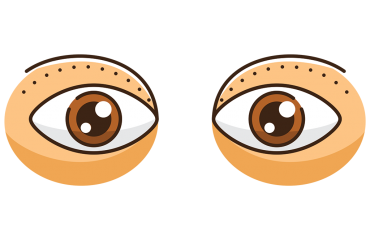Face rejuvenation procedures address the issues of wrinkles and volume loss; they are not suitable for the repair of age-related damages to the skin. In the process, the top layers of the skin are carefully removed and the growth of new skin is stimulated.
Frequently asked questions about face peeling:
What techniques are used in general?
We distinguish mechanical, chemical and physical methods.
- Microdermabrasion: A small, rapidly spinning wheel with a fine-grained abrasive surface is used to remove the top layer with its imperfections such as old scars, pimple traces, pigmentations spots and the tiny vertical wrinkles around the mouth.
- Chemical peeling: The peeling agents are week and moderately strong acids such as fruit acids, trichloroacetic acid (TCA) and phenolic acid. They are used to smoothen eye wrinkles and to lighten skin spots.
- Laser peeling: This technique is not without its specific problems and has fallen a bit out of favour. The newly developed fractional laser method has revived interest in this technique. Laser treatment smoothens wrinkles, lightens skin blotches and tightens the connective tissue in deeper skin layers.
Which resurfacing technique is used for what purpose?
- Microdermabrasion: Pimple traces, scars and lip wrinkles
- Chemical peeling: Eye wrinkles, pigmentation spots, light skin wrinkles
- Laser peeling: Eye wrinkles, light skin wrinkles, pigmentation spots, age-related general loosening of the skin
How is the procedure performed?
Chemical peeling with fruit acids or diluted TCA and laser peeling are carried out in an office environment. No anaesthetic is necessary. Resurfacing with concentrated TCA or phenolic acid and microdermabrasion require a clinical environment. The procedure is performed under anaesthesia or sedation.
What to do and what not to do before treatment?
Three weeks before an invasive / surgical treatment patient must stop smoking and taking aspirin. In the last week, patients must stop taking any anticoagulant (“blood-thinning”) medicine.
Patients who use Roccutane to treat acne are not allowed to undergo skin resurfacing treatment for one year.
Does skin resurfacing require anaesthesia?
A crème with a local anaesthetic is applied before peeling with weak acids and before laser peeling. Treatment with stronger acids and microdermabrasion are carried out in a clinical environment and require anaesthesia or sedation.
How long does the procedure take?
About 20-30 minutes.
Is the procedure painful?
Week acids and laser peeling can cause skin irritation. Deep peel and microdermabrasion are painful. The pain and skin irritation can last for a few days.
What happens after the procedure?
After treatment with weak acids and after laser peeling, the patient can go home immediately after the procedure. Redness of the skin and scaling may occur. A day later the patient can return to work. Deep peel and microdermabrasion cause scaling. The scales fall off after 7-10 days; underneath emerges new and rosy skin. Only after 10 days will you be able to return to work. The skin must be protected from direct sunlight for the next 6 months. Deep peels are preferably performed in the winter.
What are possible side effects?
If the peel is too deep, problems may occur during the healing process, and permanent traces may remain. This applies in particular to microdermabrasion. Laser peeling can cause pigmentation loss and permanent lightening of the skin. With chemical peeling the opposite can happen: the skin gets darker. Insufficient protection from the sun can cause blotch formation.


